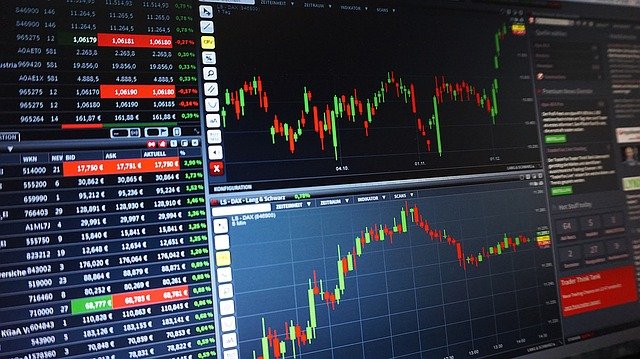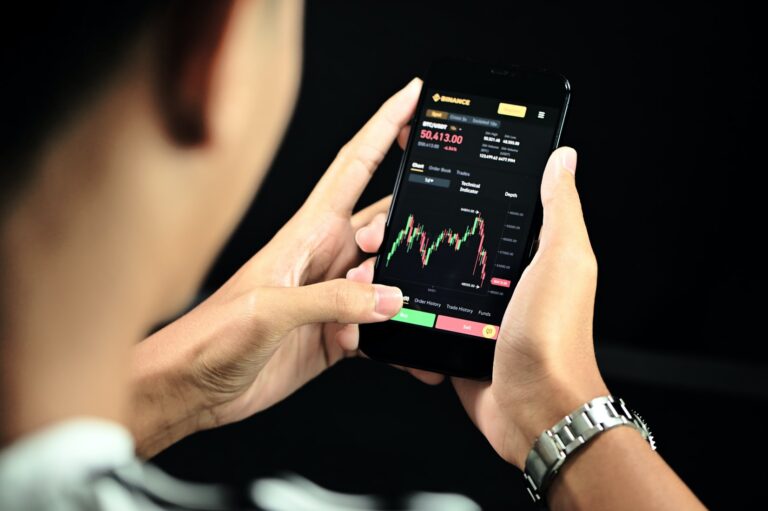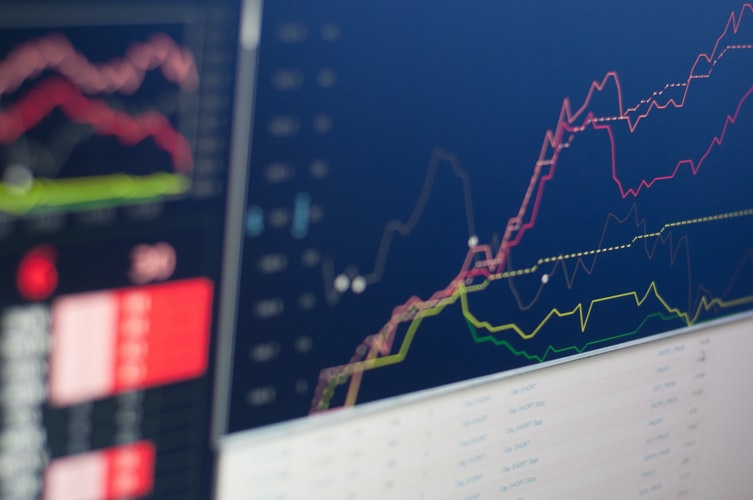Forex trading- Understanding the Basics
FOREX TRADING is one of the most common online money making ventures that many people explore. In a nutshell Forex stands for foreign exchange. Most people tend to think about the foreign exchange bureaus anytime they hear of Forex.
It’s the same thing in terms of what is done- that is buying and selling of currencies, however online Forex trading is real time and its market is liquid giving you the ability to buy and sell in short times.
Ever thought of the stock market as huge? Then you are wrong the Forex market is so huge.
A beginner may ask what is traded in the Forex Market. The answer to this is an easy one, in Forex we trade currency pairs.
An investor buys and sells one currency against another either as a long term or short term investment. For instance if you are trading buying EURUSD, it means you are buying Euros and Selling USD.
Simple, isnt it?

Why trade Forex
One of the main reasons why people choose to trade is because high liquidity experienced in this market and unlike the stock market.
Another reason why people prefer forex is because unlike the futures market where $30 billion is traded daily the forex market trades over five trillion daily which a real huge turnover.
And by the fact that no single institution can control the forex market every player has a chance to get a piece of this cake.
When can you trade forex?
In Kenya the market is open from Monday 0000 hrs to Friday 2359 hours. Within this period one can buy and sell currency pairs.
How do you make profit in forex trading?
I will simplify this to the best of my ability. Whenever you buy a currency pair for example the EURO against the US DOLLAR symbolized by EURUSD it means that you have analyzed the market and you anticipate that the EUR will gain value compared to the dollar.
Hence, anytime the Euro gains you make profit depending on the lot size you choose to use. If the market goes against your projections let’s say the dollar gains then you lose.
The same scenario happens if you sell a currency pair in that if you sell the pair EURUSD then the EUR should become weaker in value hence you make profit.
There are a lot of factors that determine the market movements and this happens every minute. News is the most common trigger that stimulates the market movement.
After a news release the market moves so fast depending on the impact of the news to the market.
How do you get into the market?
In forex there are a lot of brokers so the first thing you do is choose your preferred broker then deposit money with the broker for you to get into the market through their platform. An example of a common broker which I have tried and can vouch for is hotforex .
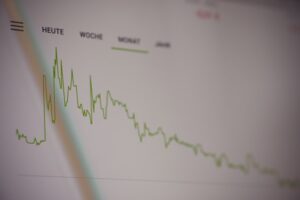
The full list can also be viewed here. But one may ask how the brokers make profit. The answer to this is any time you place an order there is an amount charged called “spread” so anytime you buy or sell the market starts some few pips behind your selling or buying point. This is what the brokers get.
Now, lets jump to the forex Lingo, some terms may scare you away but incase you find difficulty in cracking them, we are here to help you out.
Want to Start Trading? Here is our List of Recommended Forex Brokers
Common terms in Forex
Lot size
Pip
Spread
Order
Candlesticks
Demo account
In forex it is however recommended that one opens a demo account before going live. A demo account can be loaded with virtual money any amount of your choice depending on your request.
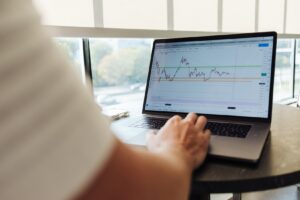
How much do you need to start trading?
Depending on the broker of your choice you can deposit from as low as $5 and there is no maximum. But it is advisable to consider what you are ready to loose due because this is a risky but also a very lucrative venture.
If you are considering entering the forex world it is advisable to get knowledge first. You can also consider getting mentorship from experienced traders. One of the best websites to get the knowledge is www.babypips.com.
At brains with concepts we offer both physical training through one on one VIP sessions, boot camps and online classes. The offer also comes with free signals and lifetime mentorship.
You can check out our free learning group where we interact and engage on forex trading matters.
Here is the link to join

